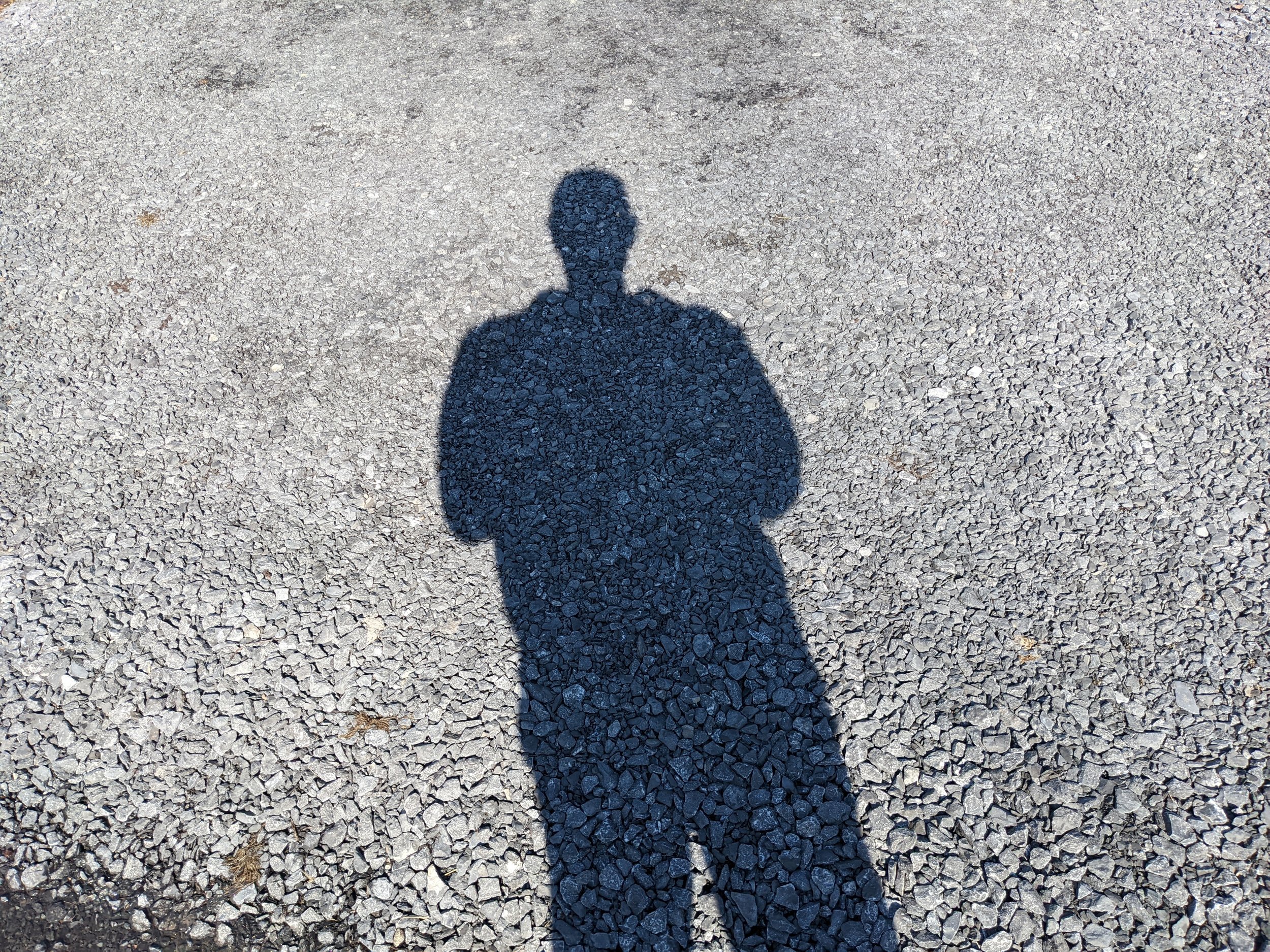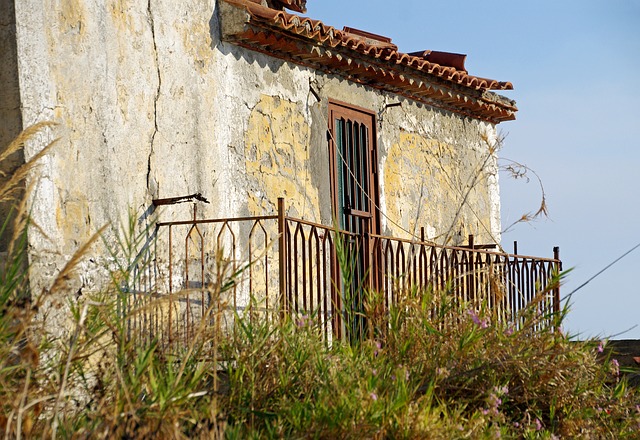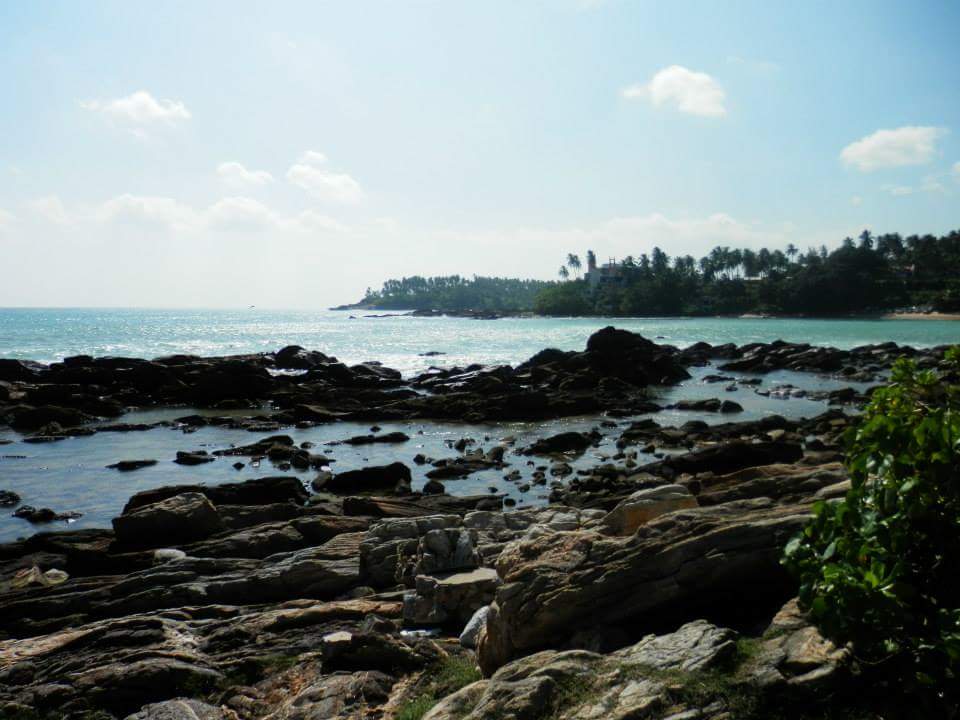Crusher Run

When I ordered a yard of crusher run at the sand pit by my house, the guy gave me a blank stare. “Crusher run,” I said. “What’s that?” he said. “It’s this stuff,” I said. “Hard to describe.”
Even where the term is used—in central and northern New York—it is not really ‘crusher run.’ It’s ‘crush-and-run,’ but nobody says that. It is a mix of fine gravel and stone dust. I can’t find the etymology of the term, but my guess is that the stone dust, which has been pulverized by heavy machinery during the mining and manufacturing process, is the crush, and the gravel is the run—or vice versa. One is crush, the other is run. The gravel is an eighth to a quarter of an inch thick and sharp-edged. If you want to splurge, you can buy limestone, but I usually get the dreck, which is made of dark-gray flaky chunks and a dust that looks and feels like buckwheat flour and sticks to your hands.
“I think you want Item Four,” the guy at the pit by my house said. “It’s stone dust and gravel.” He led me to the bay where they stored it. The color was off and the gravel was more smooth-edged than the stuff they have upstate. “Close enough,” I said. Maybe the pits where they dig it don’t have the shale you find in the Fingerlakes or Watertown. “How much you want?” he asked me.
“When I walked through small towns in the evenings, I would salivate when I saw house windows spilling a pool of light onto a neat lawn and a picket fence. Those windows seemed like portals into another dimension that I could no more reach than hold my left elbow in my left hand.”
Before I owned mobile home parks, I was a tax lawyer. My colleagues and I spun money from special purpose vehicles, hybrid entities, hybrid holding arrangements, and hybrid instruments. Before that, I was rootless. I spent a year when I should have been in high school on the road, hopping freights. I studied humanities in college. I did law because I wasn’t good at math. When I was homeless, I didn’t mind the physical part. I liked waking up in boxcars, pissing in the desert, feeling the callus on my hips and the small of my back grow. I enjoyed the time alone, to a point. What hurt was the lack of a home. Whenever I sat down, someone would ask me to move along. Women would give me the side-eye. Libraries, Salvation Armies, and U-Haul truck beds provided temporary havens, but there was no place where I could just be. When I walked through small towns in the evenings, I would salivate when I saw house windows spilling a pool of light onto a neat lawn and a picket fence. Those windows seemed like portals into another dimension that I could no more reach than hold my left elbow in my left hand. I felt a twinge when guys said my wife, my kids, or, reflexively, us instead of me.
The house where I grew up was angles, glass, cement, and exposed rough wood, all very cold. It was a museum, not a house. I wanted something else. I exiled myself.
After my time on the road, I bit the bullet and returned to the middle class. It seemed the lesser of two evils. I worked in big law firms and banks for twenty years. Some of the work was interesting. I liked the money, but the politics and the lack of a mission were oppressive. I quit as soon as I could.
When I left the corporate world, I didn’t choose mobile home parks for romantic reasons. I chose them because they were my ticket out; they’re good business. It was only after I bought my first park that I realized that providing people with a roof over their head gave me that sense of mission I had lacked, and that they provide a tangibility—a Dasein—that transcends dollars, pips, and basis points. The office never gave me that.
“Gravel is subject to terroir in the same way that wine is. The composition of the earth’s crust varies with location, so each gravel pit’s output is unique.”
Even for the most absent of absentee owners, mobile home parks are rooted in place. One park might have soil which soaks up rain water and snowmelt easily, while another might have hard rock a foot below grade throughout. Don’t be fooled by the ‘mobile’ in the term ‘mobile home.’ When one is installed, it is attached to enormous screw anchors sunk into the ground with metal tie-downs. It is expensive, time-consuming and potentially dangerous to move a home once it has been installed. When it is done, the home is pretty much there to stay.
Crusher run is the Swiss army knife of earth-shaping materials. I use it as a base for home pads, to fill potholes, and to stretch tenants’ driveways. Sometimes we use it to grade the area around pads, to keep water from pooling under the skirting. Before current building codes went into effect, we could surface a whole pad with it. Crusher run has three qualities that make it both low-maintenance and suitable for anything. First, it is dry. You don’t need to pour it, heat it, keep it wet, or take a blow-torch to it. It is like sand or gravel; you dump it, shovel it, grade it, tamp it, and forget about it. Second, it is compactable. The shale flakes float in a solution of mineral flour. The dust fills the interstices, and the sharp edges of the flakes bite into the dust. Once it is tamped down, it forms a floor almost as hard and permanent as asphalt. Finally, it is water-permeable. That means that when snow melts, or when we get a few days of heavy rain, water can soak into the surface instead of pooling or forming potentially dangerous torrents.
Gravel is subject to terroir in the same way that wine is. The composition of the earth’s crust varies with location, so each gravel pit’s output is unique. That’s why the stuff you buy near my house is different from what you get upstate. The terms used to describe it vary along with its physical composition. I do not know what the flake-and-dust mix available from gravel pits in Alabama, California, Harbin, or Lille is like, but I am sure that it differs in subtle ways from the crusher run that I am familiar with—and I am confident that it is not called ‘crusher run.’
When I walked past old Mr. Little’s lot in my park in central New York recently, I noticed he had redone his driveway. “Looks great,” I said. The space he had graded was wide, flat, well-tamped, bordered on three sides with pressure-treated four-by-fours, and solid as, well, rock. He smiled at the compliment and said, “Crusher run.” We spent a beat enjoying the commonality the term gave us. When I sent a picture of flood damage near my house to the manager of my park in northern New York, he said, “Needs crusher run.” I said, “You can’t get that here.” He said, “What?” “They don’t have that here,” I said. “The closest thing is Item Four.”
*
When Odysseus spoke with the dead, he asked Tiresias how he could make peace with Poseidon, whom he had angered by blinding his son, the Cyclops. Tiresias told him, “After you come home, put an oar on your shoulder and walk inland until someone says to you, ‘What are you doing with that winnowing fan on your shoulder?’ Then, plant the oar in the ground and sacrifice a ram, a bull, and a boar to Poseidon, and you will die peacefully, surrounded by loved ones.” A winnowing fan is not an oar and an oar is not a winnowing fan, but a winnowing fan looks like an oar and either can, in a pinch, be used as the other. I have thought that the best way to stick a fork in my rootlessness might be to put a yard or two of crusher run in the bed of a pickup and drive west. When I get to, say, North Dakota, someone will say to me, “What are you going to do with that pea gravel?” Then, I pour a mobile home pad, sacrifice to the applicable gods and head back, knowing that the crusher run has given me a home to return to.
ABOUT THE AUTHOR
John Kaufmann is a former lawyer and current mobile home park owner who lives in southern New York State. His writing has been published in The High Plains Register, Cold Lake Anthology, The Cleveland Review of Books, The Journal of the Taxation of Financial Products, The Journal of Taxation of Investments, and Tax Notes.
John blogs at dirtlease.com.
Read John’s “Behind the Essay” interview in our newsletter.
Read John’s “Letter to a Stranger” here.
Header photo by John Kaufmann.
Edited by Stephan Sveshnikov.










